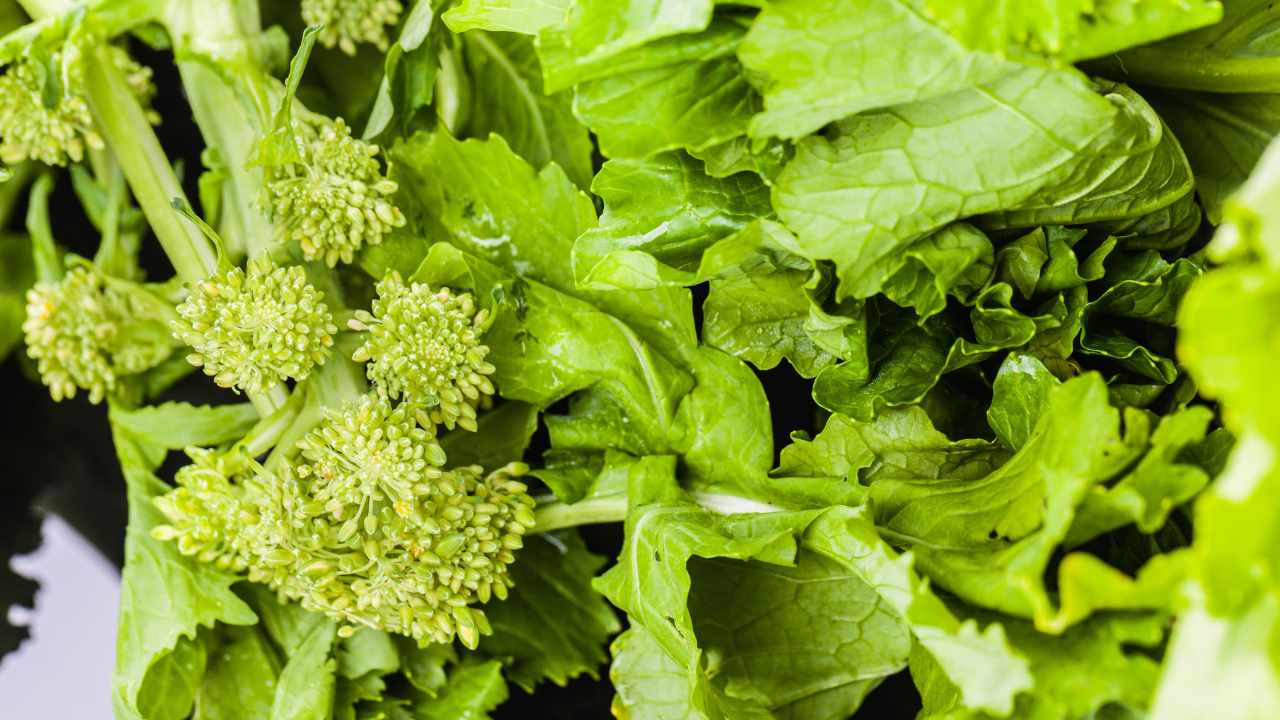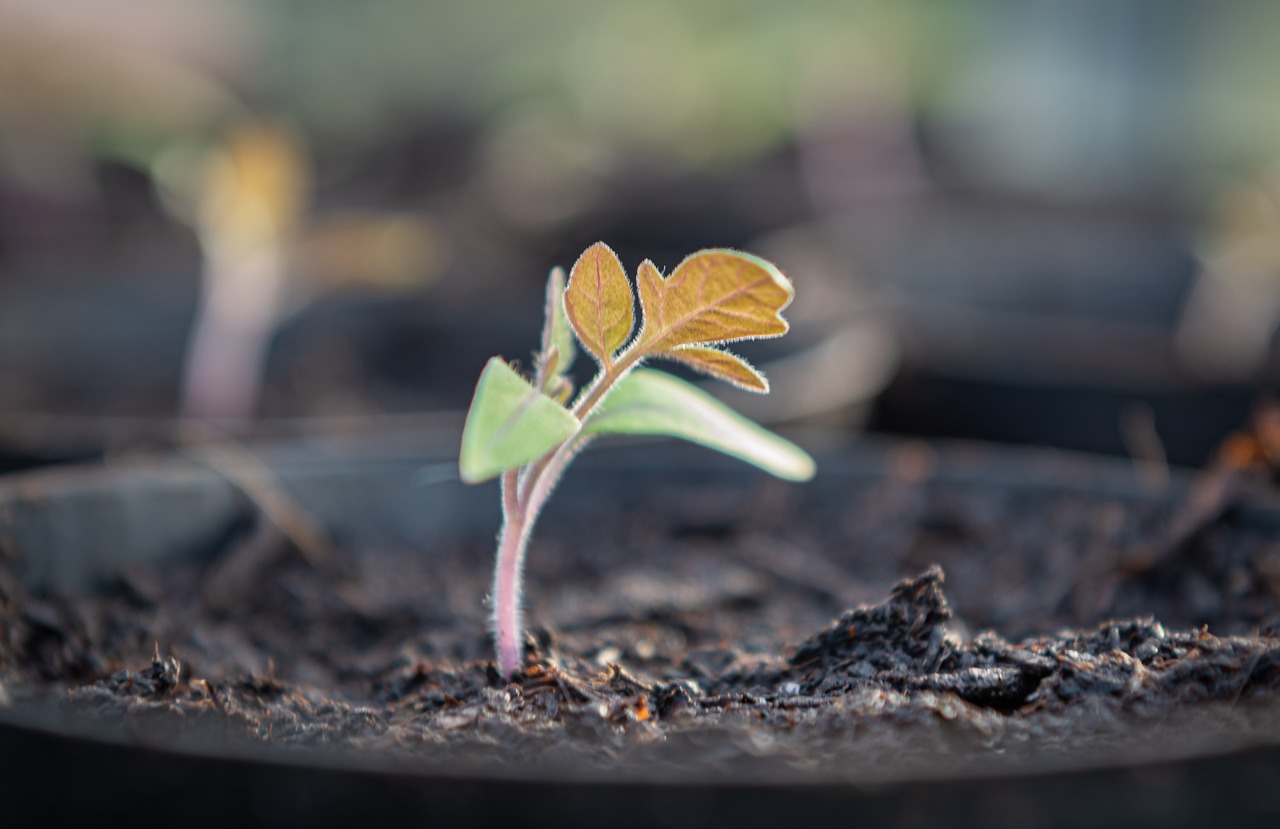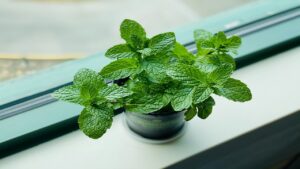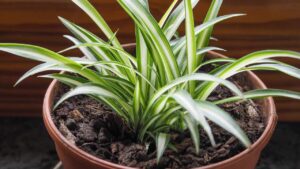Turnip Greens: the Secrets for Perfect Sowing
Turnip greens are among the most delicious leafy veggies nature offers us. In fact, there are many recipes that can be prepared with them; however, it can be challenging to find them. But what if we told you that you can grow them yourself without buying or freezing them? Surprising, right? Here are all the secrets for successfully planting your own turnip greens.

How to Sow Turnip Greens and When
If you choose spring/summer varieties, experts recommend sowing turnip greens from March to May. Autumn-sown varieties should be planted between September and November. Plant the seeds in rows spaced at least 35 cm apart, burying them about 1 cm deep. Up to this point, everything seems very simple.

The terrain
One of the secrets to having excellent turnip greens is carefully choosing the soil. It should be well-drained to prevent water from pooling and free from weeds. Prior to planting, it needs ample fertilization. When sowing, if necessary, it is advisable to make the soil soft and remove any remnants from past harvests. Level the surface, removing stones or debris. Aim for a pH of 6.5 to 7; consider using granular limestone to balance it if it’s acidic.

Varieties of turnip greens and irrigation
There are several varieties of turnip greens: Quarantine and Novantina are suitable for spring, ready for harvest in about 90 days and are typical of the Olbia areas. For autumn, Natalia works well. Pabularia and Bassica di Verona are also great options. As far as irrigation is concerned, water lightly and often to make them grow luxuriant. After they sprout, water every 2 to 3 days to avoid root rot. It’s all about choosing the right types for the season and keeping up with watering for healthy growth.





